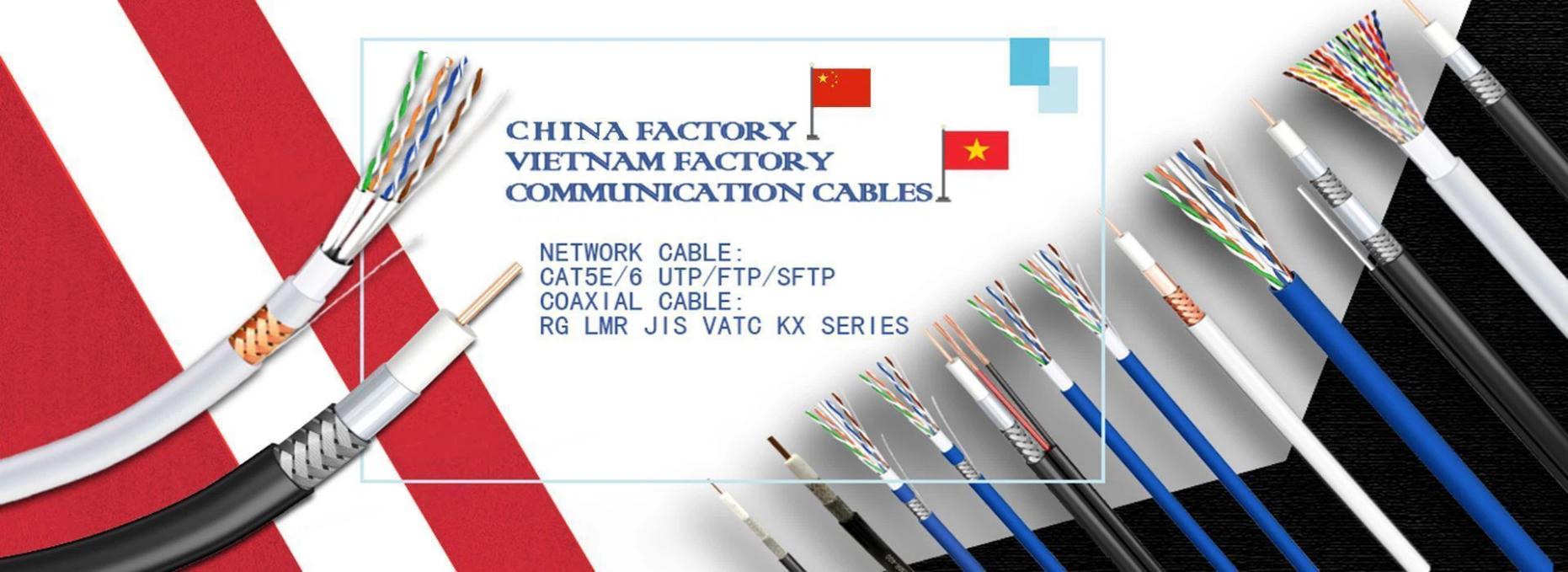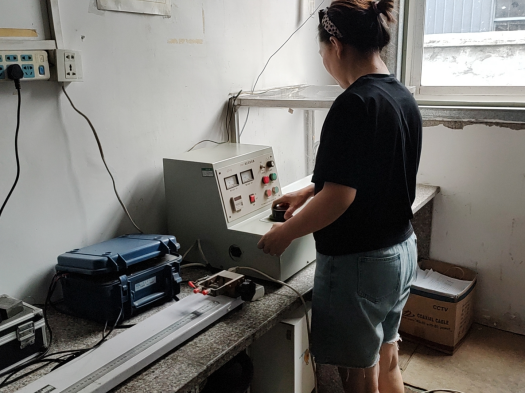
Cable withstanding voltage testing:
1. Test items
The length of the terminal part of the test product and the method used as the terminal head must ensure that there is no discharge or internal breakdown along the surface of the cable under the specified withstand voltage. If the test needs to be conducted in a water tank, the length of the test piece protruding from the water surface at both ends should not be less than 200 millimeters, and it must be ensured that there will be no discharge along its surface under the specified test voltage.
2. Steps of voltage withstand test
The testing steps must meet the requirements of the stress testing operating procedure before they can be executed. When conducting a pressure test, the difference between the pressure test temperature and the ambient temperature should not exceed 3 ℃. The voltage should start from a low value, slowly and relatively steadily rise to the specified test voltage value, and maintain the specified withstand voltage time. When the voltage drops, it must be reduced to 40% of the specified voltage value for the cable withstand voltage test before cutting off the power supply. In this experiment, it is absolutely not allowed to suddenly cut off the power supply under high voltage. This is done to avoid overvoltage.
3. Evaluation of voltage testing
If the test cable is continuously tested within the specified time and there is no breakdown phenomenon, it can be considered that the test product has passed the power frequency withstand voltage test. However, if during the test, the end or terminal of the cable discharges along its surface or is broken down internally, another terminal connection is also allowed and the test is repeated. Unless otherwise specified in the product standard, all cable withstand voltage tests need to be timed again. During the testing process, if the withstand voltage test is suspended due to power outage, all other tests must be timed again when the test continues, unless otherwise specified in the product standard.
